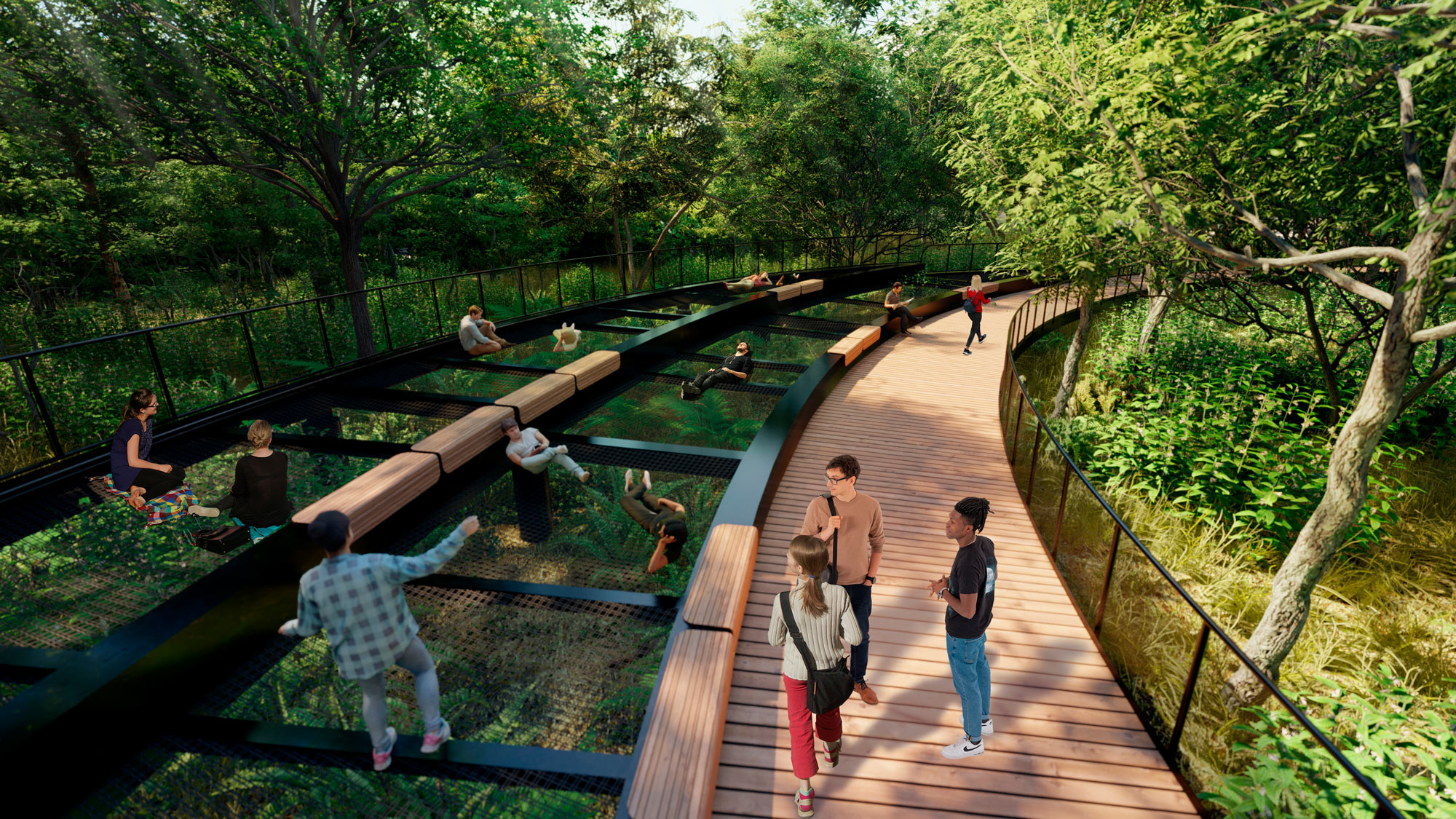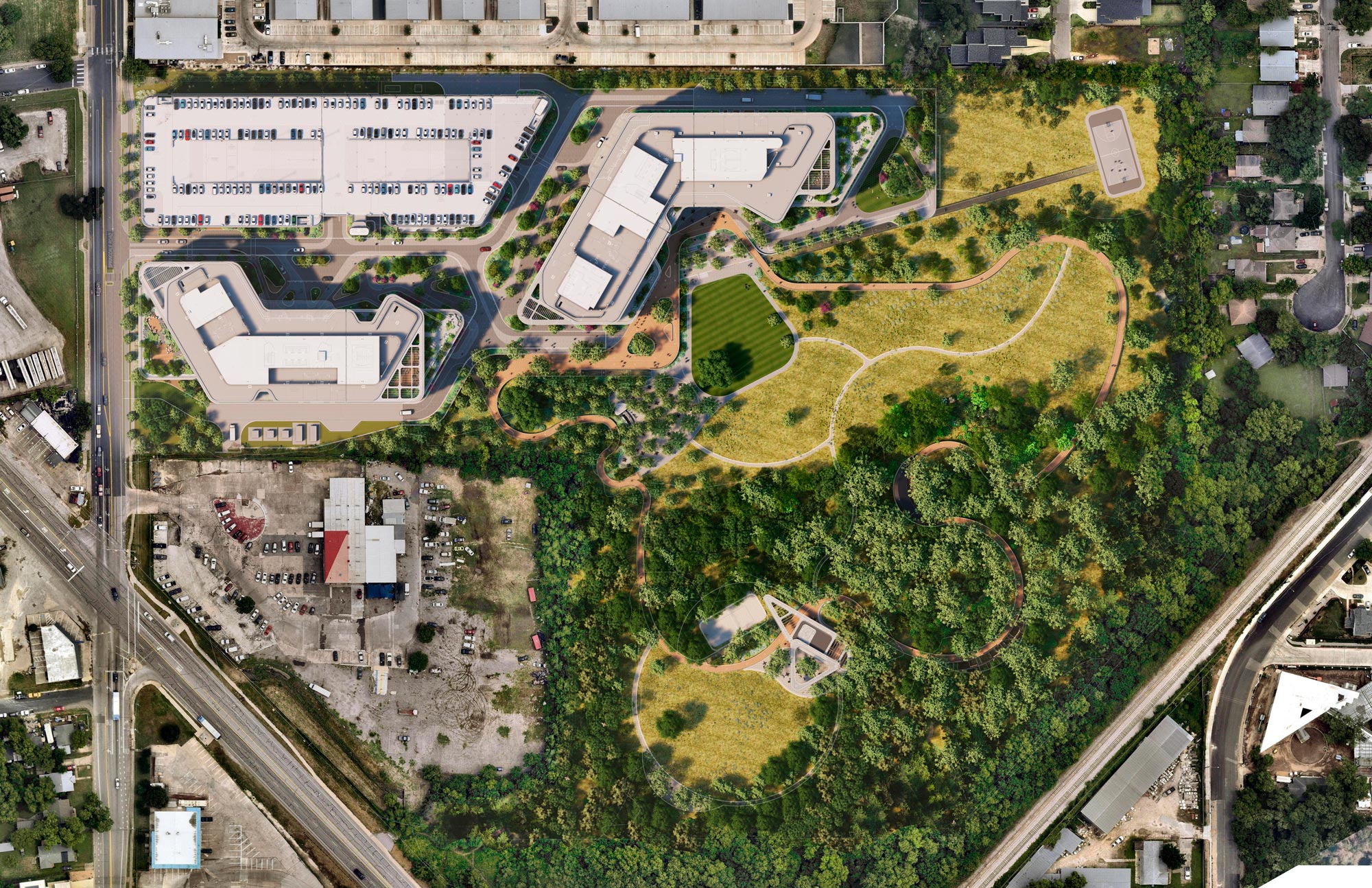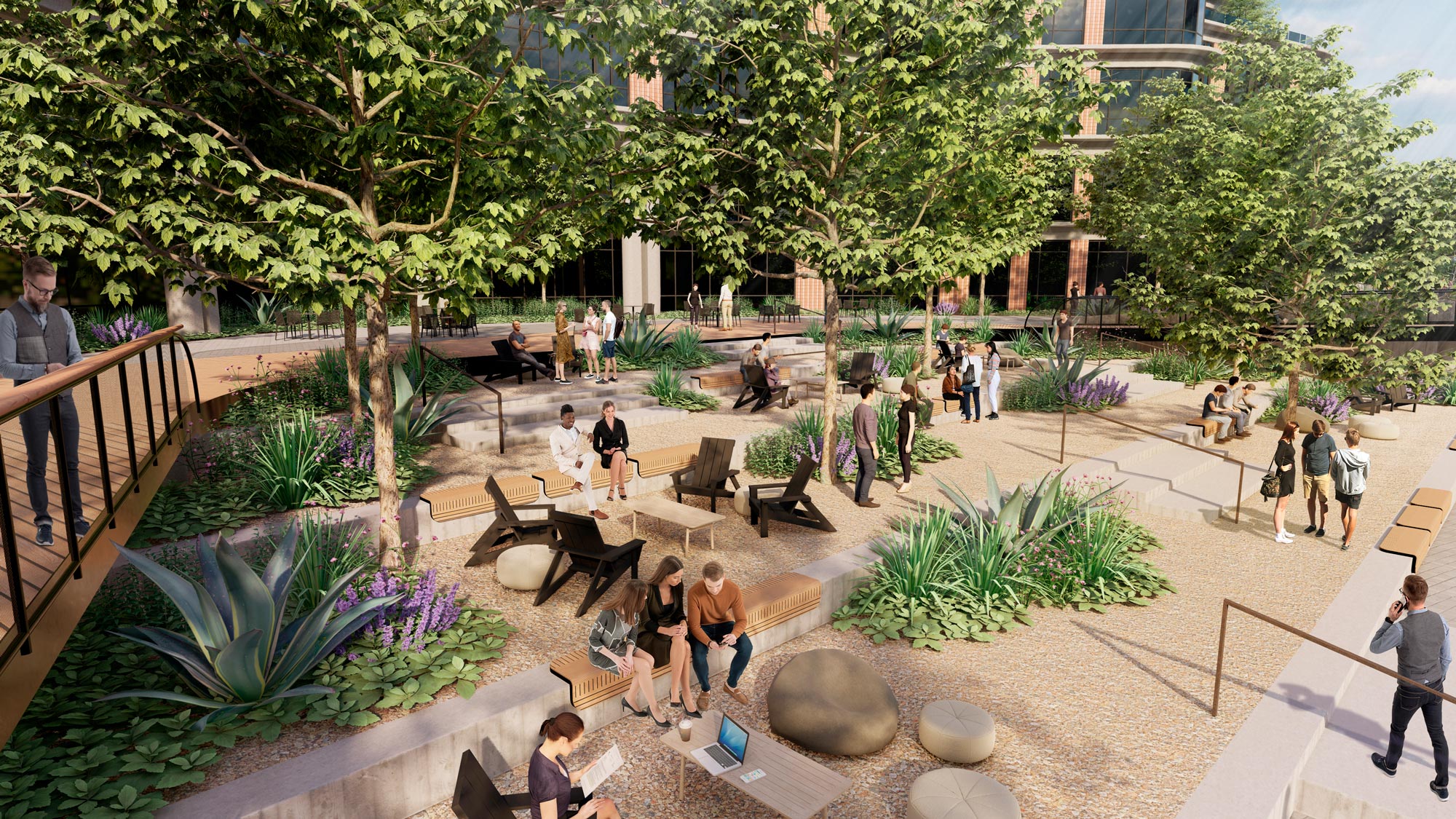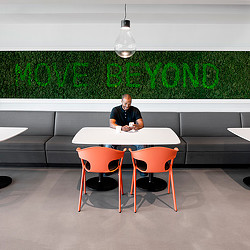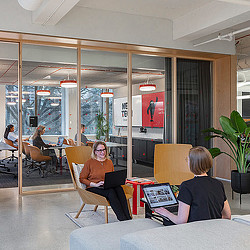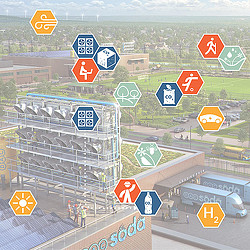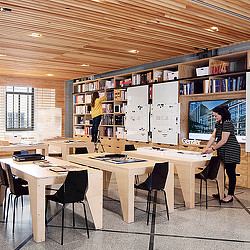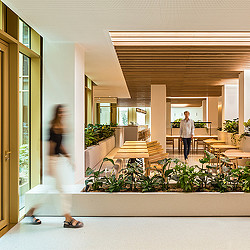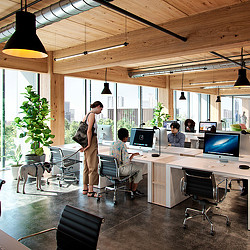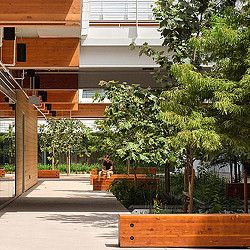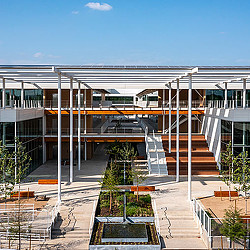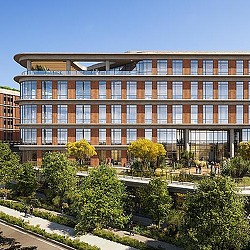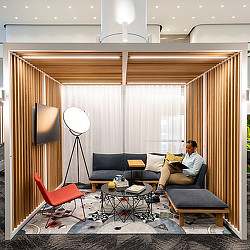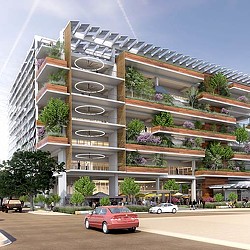Rethink, Redirect, and Rewild:
Nature-Based Design Solutions for Carbon Sequestration
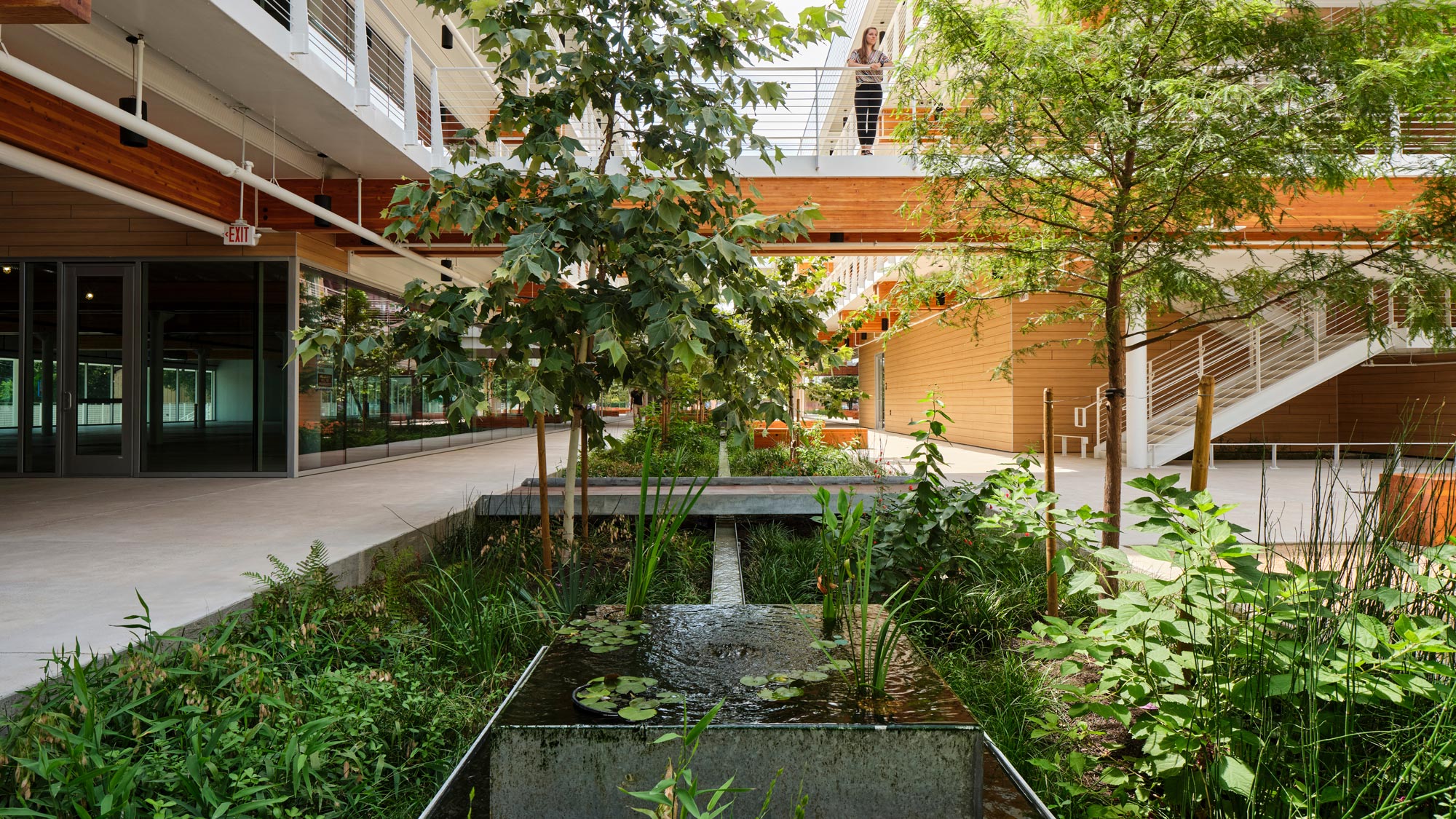
This year, across all market sectors there appears to be a renewed focus on sustainability and resilience. As these topics trend across the globe, it’s time to reconsider how we can make a marked difference in carbon sequestration and decarbonization, especially as we progress toward our Gensler Cities Climate Challenge (GC3) goal of eliminating all net emissions associated with our work.
The commercial real estate industry is responsible for 40% of global carbon emissions, a staggering statistic that we, as the world’s foremost architecture, design, and planning firm, must regard as it pertains to our projects. By utilizing nature-based design solutions to rethink carbon sequestration in our work, we have an opportunity to make a positive impact on our net zero goals.
Rethink
Our industry is on the brink of a profound transformation. Everything we do, or fail to do, will affect the world we create together. Our greatest opportunity is to look beyond what has always been done and create an environment where we can all prosper. At present, making the transition from a deteriorated system to a regenerative system is mankind’s greatest challenge.
This transition will not be easy due to existing behaviors that could block or intentionally impede the path that must be taken. However, the need for change in the way we interact with our planet and in how we live, work, and play has never been greater — and regenerative strategies could be our catalyst to redirect. Regenerative strategies connect nature with health, wellness, empathy, awareness, creativity, and meaning. Homing in on its benefits allows us to explore ways to create responsible and resilient environments.
Redirect
The first steps on the redirection journey are restoring brownfield sites and pocket parks, and reusing existing buildings.
Remediation of brownfield sites and pocket parks helps restore ecosystems, protect wildlife habitats, and improve air and water quality. To do this, communities can efficiently use existing infrastructure, utilities, and transportation networks. This reduces the pressure for urban sprawl into undeveloped or natural areas, which preserves green spaces and habitats.
Reusing buildings conserves natural resources such as wood, stone, and minerals used in new construction. It also reduces the demand for raw materials and the energy required to extract, process, and transport them. Repurposing existing buildings avoids the need for new materials and minimizes the carbon emissions associated with their production, transportation, and construction.
Additionally, as we redirect our attention to nature-based solutions, it’s important to evaluate biodiversity outside of a project’s physical structure. Designers should be intentional in selecting plants and species that are incorporated into the areas beyond the site plan. To maximize the effects of this approach, we can calculate the carbon footprint of the building and its operations and select which nature-based solutions can be added to the site to offset the total.
If this is done correctly, an ecosystem will grow outside of the building, which creates a regenerative ripple effect and has the potential to be transferred to other properties and neighborhoods. Conducting total carbon assessments can also establish a feedback loop to inform decision-making, identify opportunities for improvement, and promote transparency. This information will be valuable in deciding alternative methods for carbon sequestration.
On a larger scale, utilizing parks, green roofs, and urban forests in our projects can help develop sponge cities, or cities that implement resilient infrastructure to mitigate flooding, which helps to create healthy ecosystems within urban areas. These spaces provide habitats for wildlife, improve air quality, reduce the urban heat island effect, and offer recreational areas for residents. To put it simply, the more “green” we add, the better off we are going to be.
Focusing our attention on nature-based design solutions can help our clients achieve their ESG goals. In addition to the above environmental strategies, providing access and connection to nature emphasizes biophilic design principles, which are proven to enhance overall social well-being. As it pertains to governance, organizations that demonstrate a commitment to sustainability, beyond energy and water, can create brand recognition by uniquely concentrating on biodiversity and building holistic ecosystems.
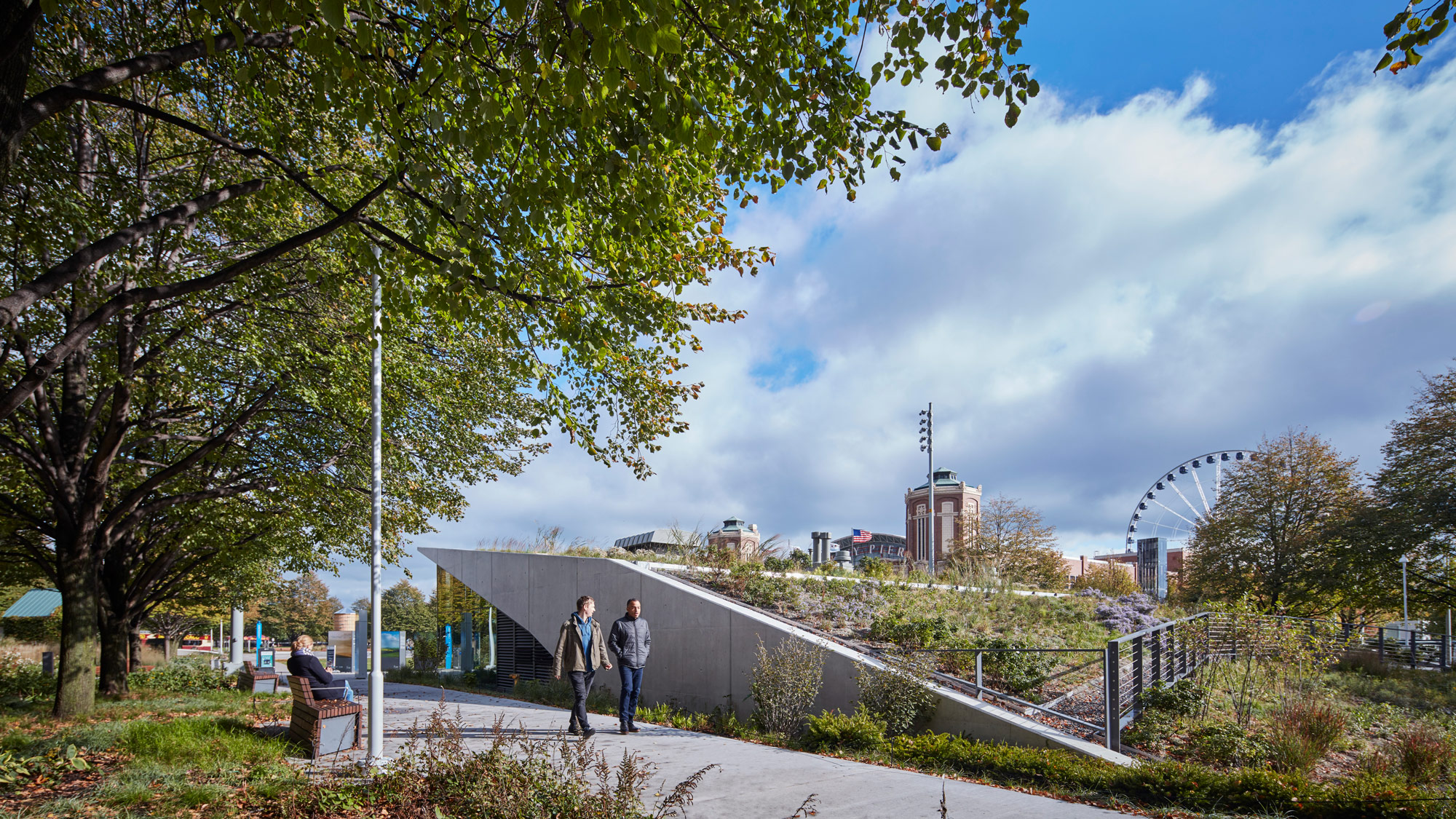
Rewild
Regenerative design goes beyond sustainability to create buildings and developments that actively contribute to improving ecosystems. It involves strategies like restoring degraded land, enhancing biodiversity, and creating self-sustaining systems that benefit humans and the environment.
Over the past several years, nature has demonstrated its ability to regenerate and heal. During the height of the pandemic when most cars and people were off the streets and sidewalks, we saw plants and animals reclaim the spaces that they had previously been pushed out of. Rewilding, which allows parts of our communities to stay unmanicured in order to let natural systems provide cooling, clean water, clean air, and sequester carbon, can help us create an environmental time machine and return sites to what they once were. It’s possible to allow these species to thrive in a healthy ecosystem if we create a proper balance of air, noise, and light pollution. Strategies could include the following:
Air Pollution
- Utilize green walls with air-purifying plants. Green walls are vertical gardens, either freestanding or attached to a building's exterior or interior. They are planted with vegetation that helps absorb pollutants such as carbon dioxide, formaldehyde, and volatile organic compounds (VOCs).
- Consider green roofs with pollinator habitats that can support bee populations and native plantings. Green roofs are covered with vegetation, providing a similar pollution-reducing effect as green walls. They also absorb rainwater, which reduces runoff and heat island effects. Other benefits include insulation, a reduction in the need for heating and cooling, and stormwater management.
- Design urban areas with ample green spaces and trees. These act as natural air filters for the surrounding buildings.
Noise Pollution
- Add green roofs and walls with dense vegetation to provide sound insulation and to absorb and diffuse noise. Living walls with a variety of plants can absorb and deflect sound waves.
- Use natural materials with sound-absorbing properties, such as cork, bamboo, wood, or stone.
- Create soothing sounds that mask unwanted noise with fountains, waterfalls, or ponds.
- Plant trees and shrubs strategically around the site to act as natural sound barriers.
- Implement bioswales and green infrastructure outside the building to help absorb and redirect noise.
- Deflect and absorb noise with rock and Zen gardens.
Light Pollution
- Install exterior light fixtures that are dark sky compliant, directing light downward and reducing light spillage.
- Install motion-sensing lights so they only turn on when someone is present. This can be especially effective for areas like driveways, pathways, and entrances where lighting is only needed when people move around.
- Use dimmers to reduce the brightness of outdoor lights, especially during late-night hours when full brightness is not required. Timers can also be programmed to dim lights gradually as the night progresses.
- Adjust lighting levels seasonally. In the summer, when nights are shorter, lights may not need to be on for as long compared to winter nights.
- Use solar-powered lights for outdoor lighting. These lights charge during the day and provide illumination at night without drawing power from the grid.
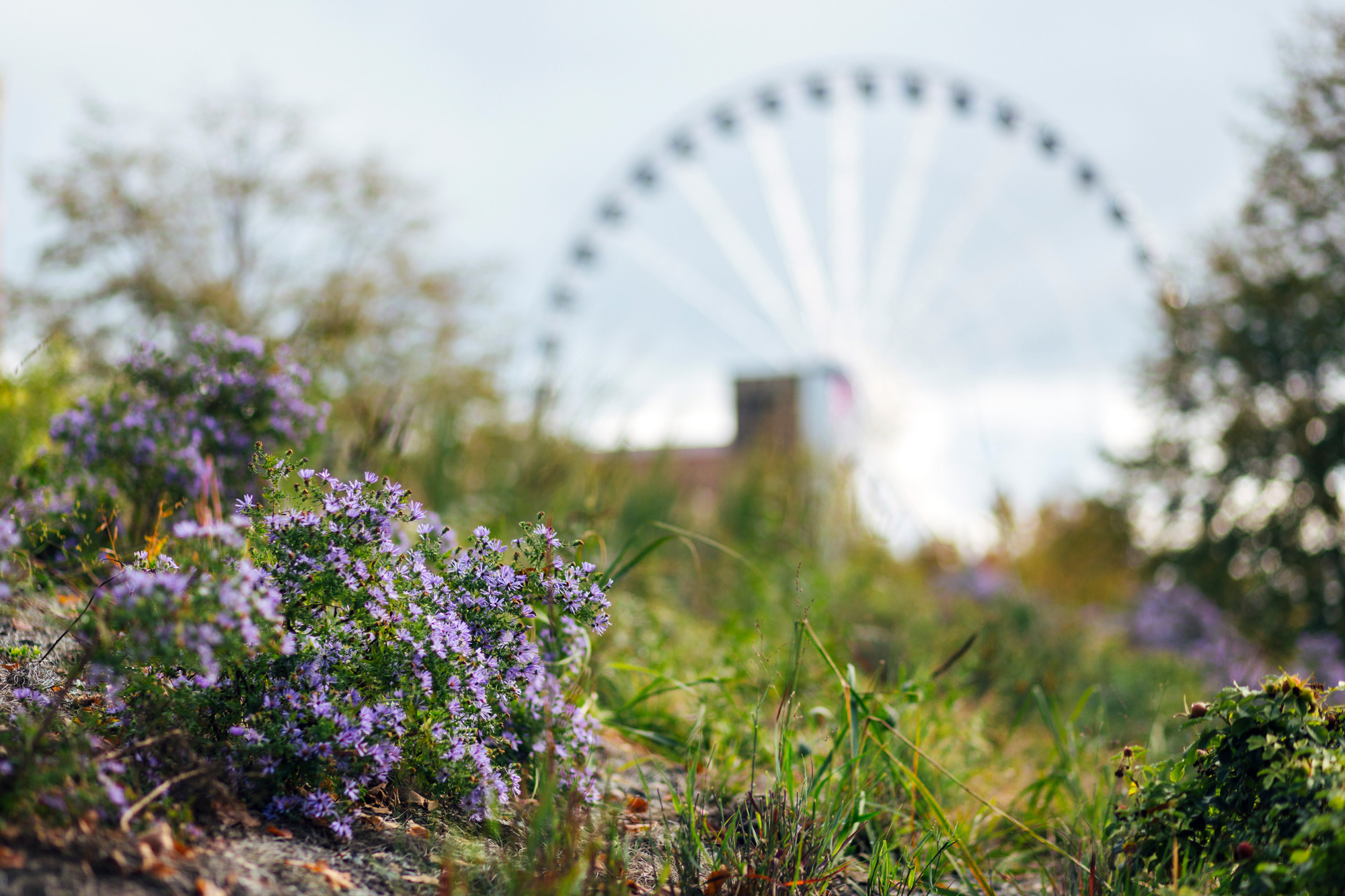
Embracing the Potential of Nature-Based Design Solutions
Carbon sequestration in nature is an essential ecosystem service that helps regulate the Earth's climate. Protecting and restoring natural habitats, implementing sustainable land management practices, and reducing deforestation are crucial for maximizing the potential of these natural carbon sinks to mitigate climate change.
As a firm that impacts 1.25 billion square feet of projects per year, we must challenge our design teams to incorporate nature-based design solutions in our projects. This will help us make strides toward our carbon sequestration and GC3 goals and transform our practice from net zero to net positive. Ultimately, it is in our best interest to rethink our approach and design with and for nature to regenerate as much of our environment as possible.
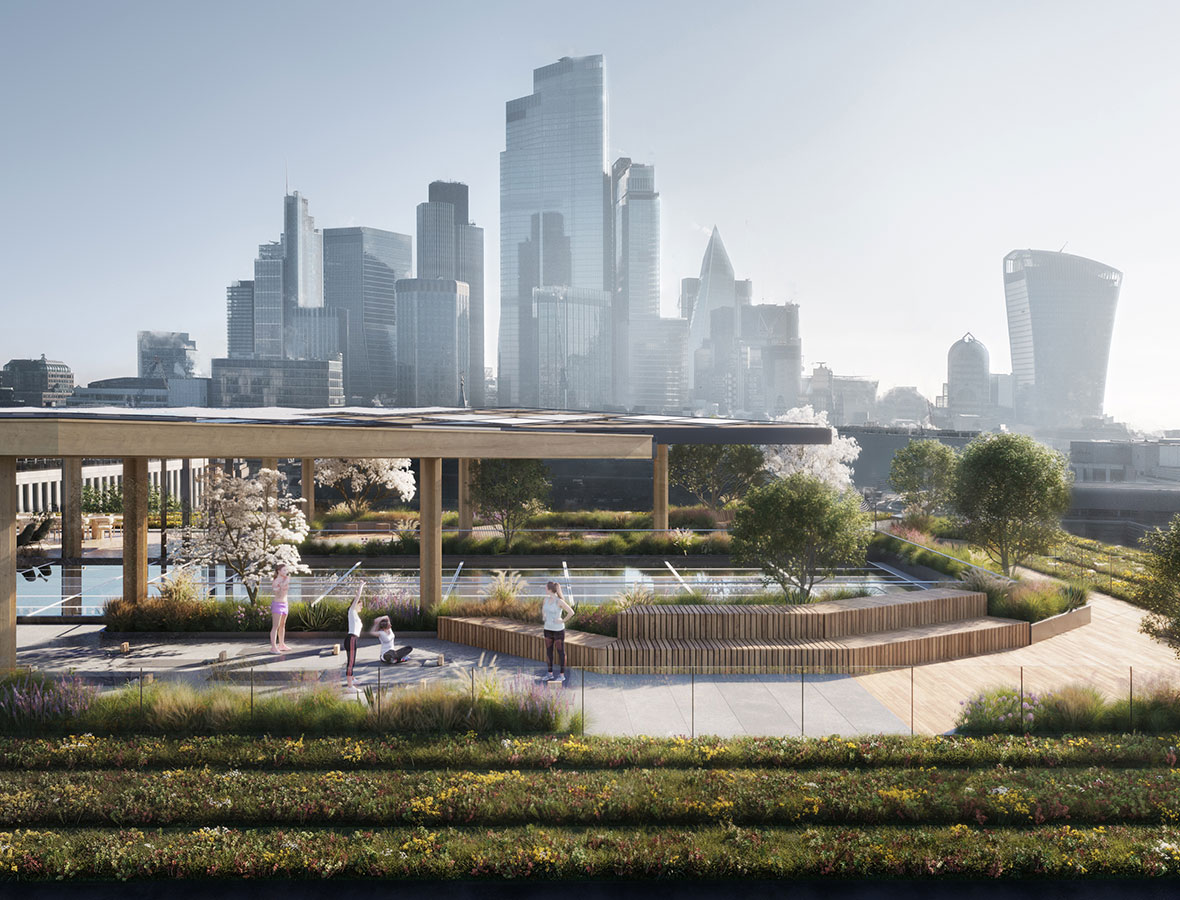
For media inquiries, email .
